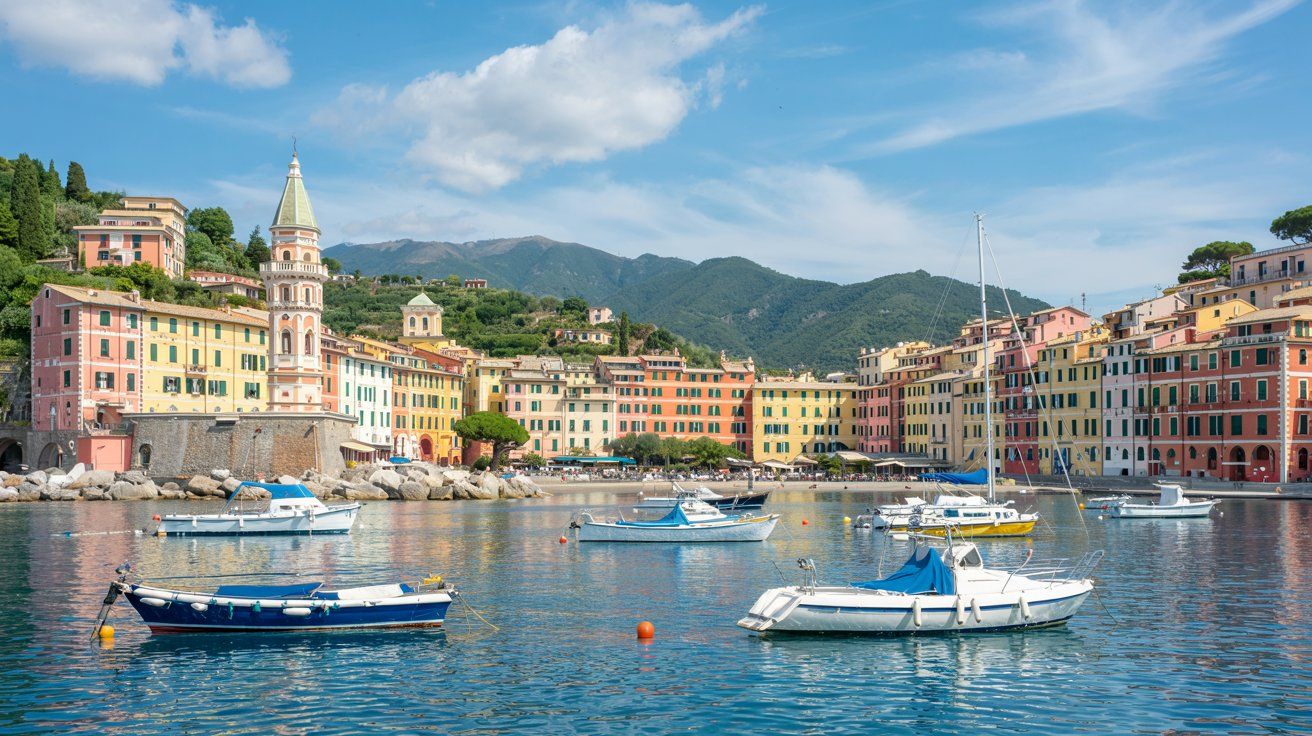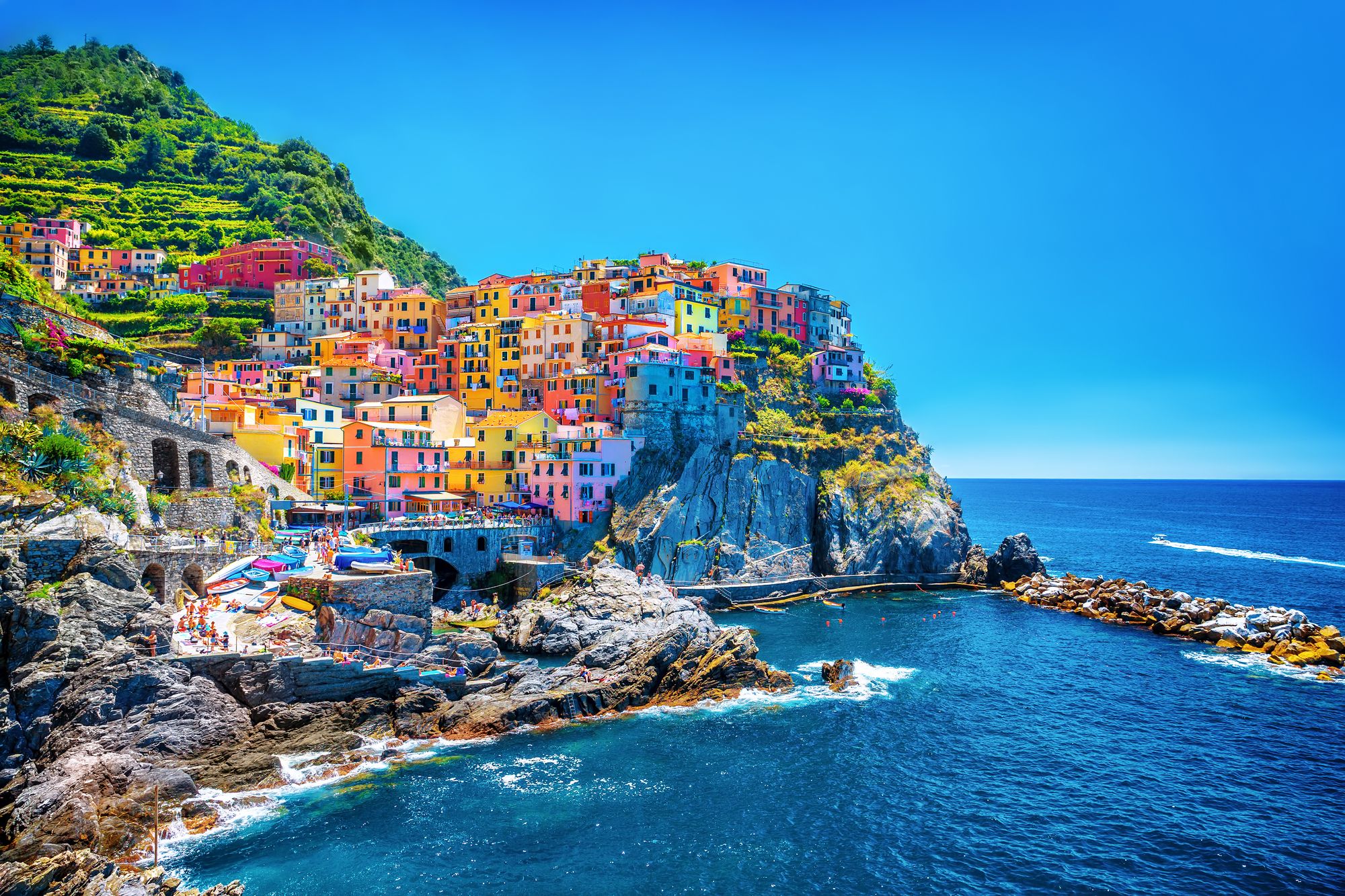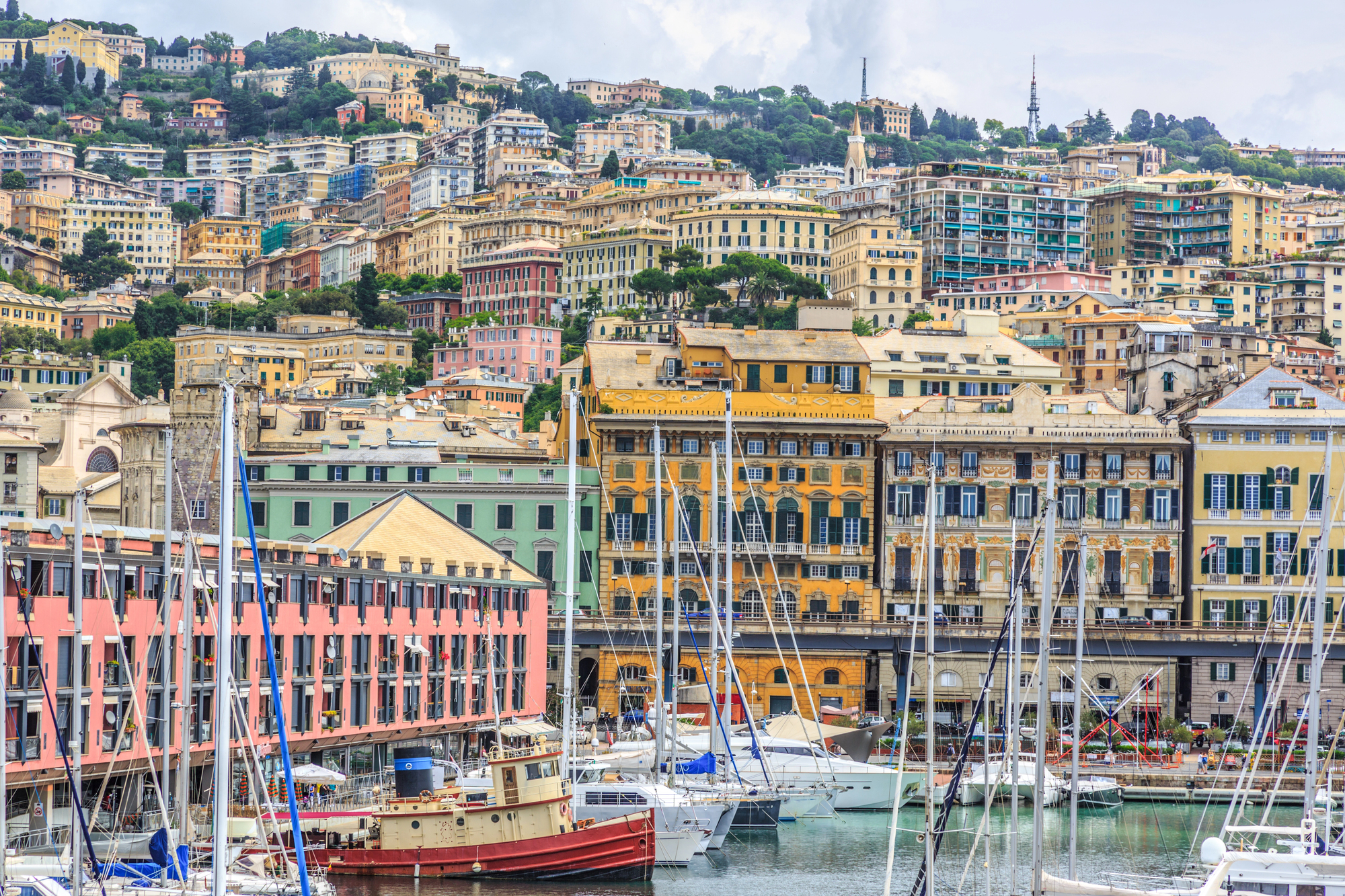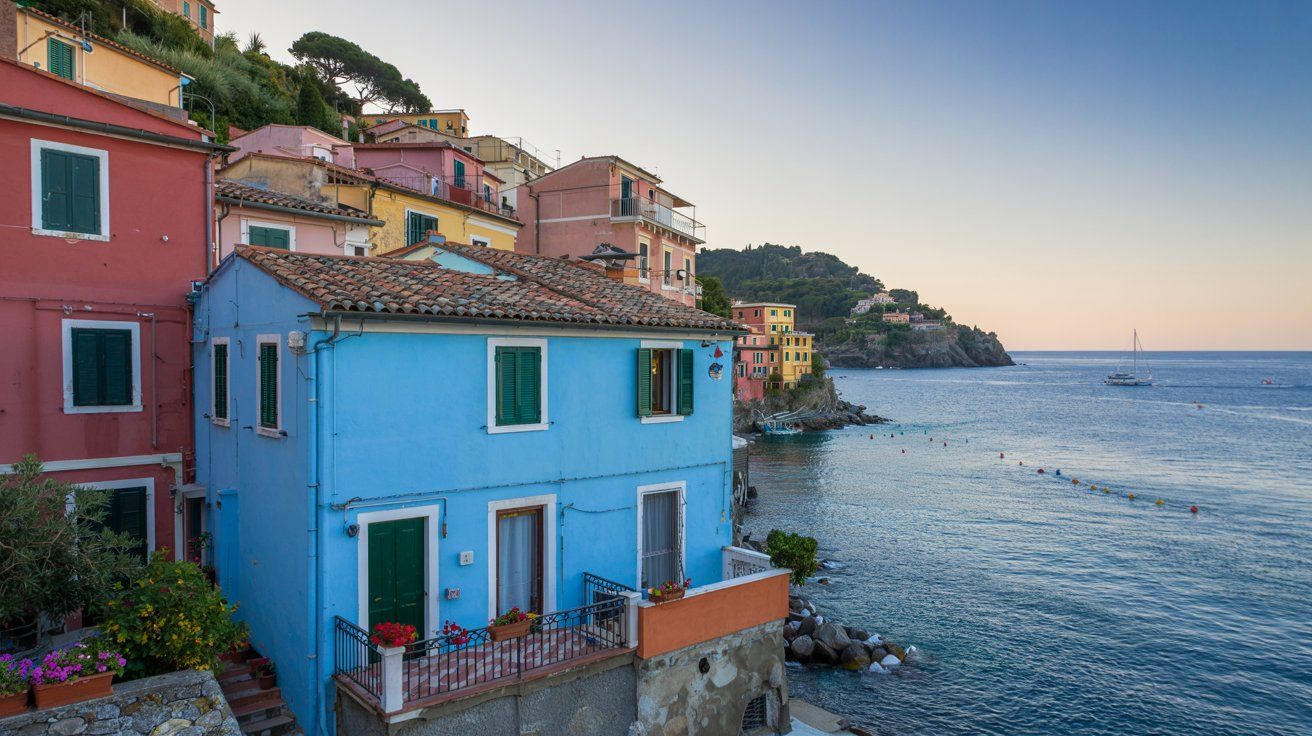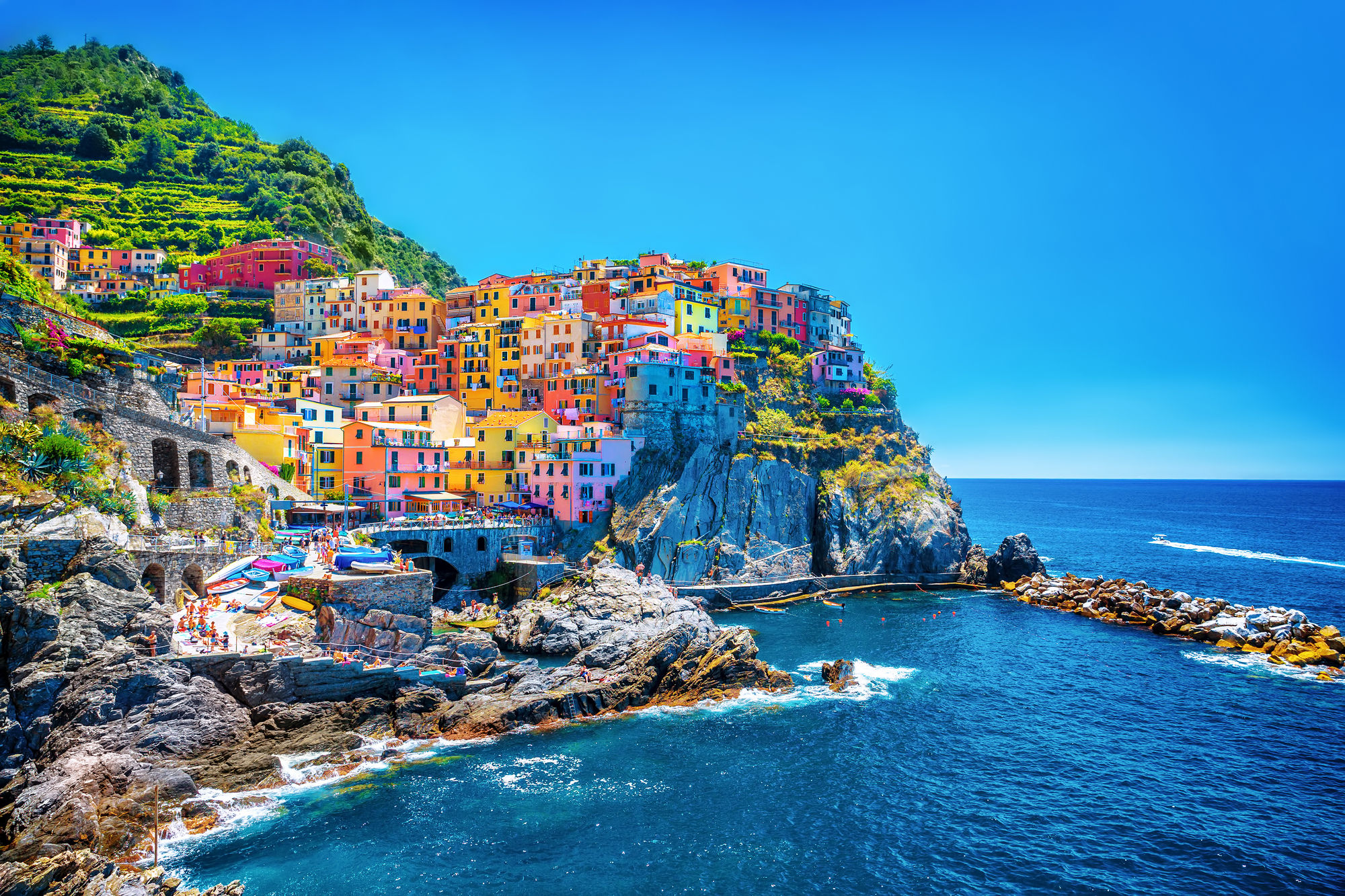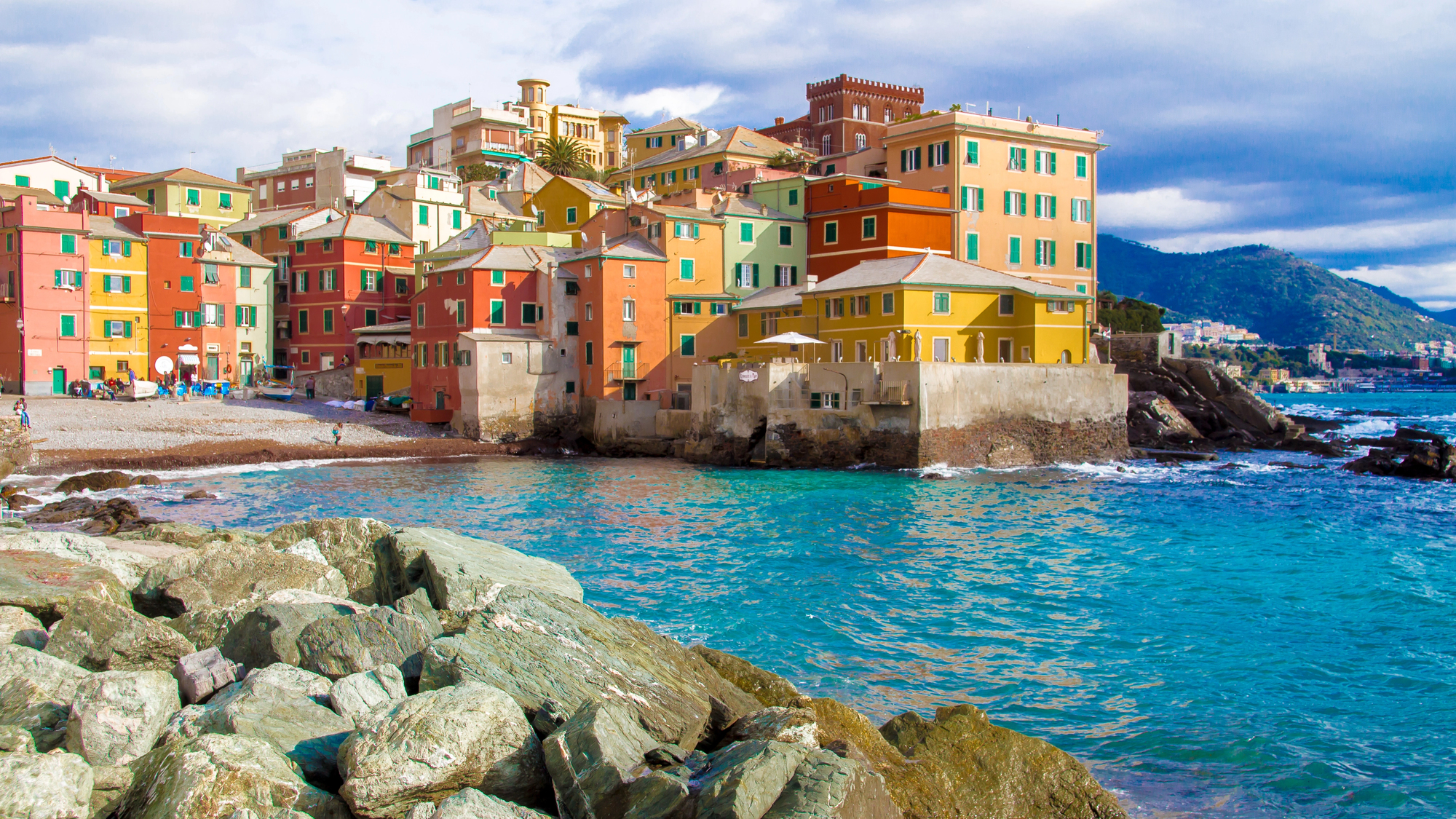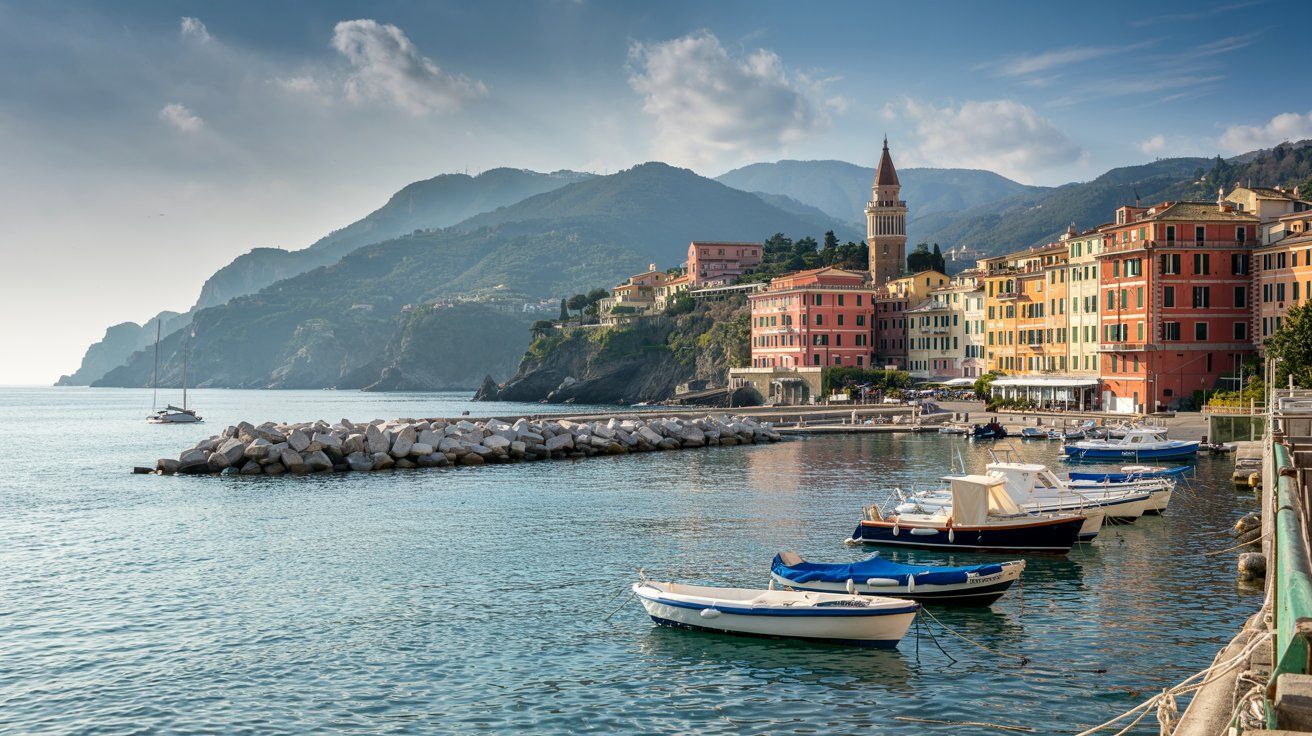The European Sleeper, a much-anticipated overnight train service connecting Brussels to Venice, recently encountered a hiccup when the train was unable to enter Italy. A last-minute technical glitch caused the train to halt in Innsbruck, Austria, leaving passengers 380 kilometers short of their destination.
Get a discount of 15% to 70% on accommodation in the Italian Riviera! Look for deals here:
Italian Riviera Hotels, Apartments, B&Bs
Despite this unexpected development, the trip maintained a jovial spirit, highlighting the enduring allure of sleeper train journeys. As enthusiasts await a resolution to these challenges, the European Sleeper remains a beacon of hope for the sustainable travel movement across Europe.
The Brussels-Venice Sleeper Train: A Bumpy Start
The obstacle faced by the European Sleeper underscores the difficulties of orchestrating international train services within a patchwork of regulatory landscapes. In this particular case, the train was prevented from entering Italy because it lacked the required **locomotives at both the front and back**, a stipulation by Italian authorities.
This regulation oversight serves as a reminder of the intricate logistics involved in cross-border train operations.
Passengers had to disembark in Innsbruck, Austria, rather than in Venice, but the team behind the European Sleeper is optimistic about resolving the issue. Co-founder Chris Engelsman expressed confidence that this challenge would be resolved for upcoming journeys, suggesting growth and adaptability for the relatively new service.
Why Sleeper Trains Are Making a Comeback
Despite the rocky debut, the European Sleeper project highlights the resurgence of sleeper trains across the continent. These services offer a host of benefits that appeal to modern travelers:
- Eco-Friendly Travel: With increasing awareness of climate change, train travel is seen as a significantly more sustainable alternative to short-haul flights.
- Unique Experiences: Overnight trains allow passengers to journey at a leisurely pace, often fostering camaraderie and shared experiences among travelers.
- Charming Nostalgia: Sleeper trains evoke a romantic sense of adventure that is often missing from air travel.
While initial issues are inevitable in such ambitious projects, rail enthusiasts remain optimistic about the future of European Sleeper and the experiences it offers.
What Happened in Innsbruck?
For the inaugural journey of the Brussels-Venice route, Innsbruck became the unintended final stop for passengers. While many would have been frustrated by this development, the festive atmosphere on board did not seem to waver.
Passengers reportedly embraced the novelty of overnight train travel, turning an inconvenience into an opportunity for shared stories and camaraderie.
Such resilience from both travelers and the European Sleeper team adds to the growing charm and support for the service, even in the face of regulatory hiccups. It also highlights the potential for sleeper trains to offer more than just transit—they can create memorable travel experiences.
Future Plans for European Sleeper
European Sleeper remains undeterred by this initial setback. Beyond resolving the Brussels-Venice route challenges, the company has ambitious plans to extend its network.
A new **Brussels to Barcelona** route is already in the works, aimed at connecting more major cities while offering passengers sustainable and scenic travel alternatives.
Mark Smith, a rail travel specialist, believes this initial hurdle will serve as a learning experience, reinforcing European Sleeper’s commitment to building a robust and reliable service. By overcoming such challenges, the company can further solidify its position as a leader in Europe’s sleeper train renaissance.
The Revival of Sleeper Trains in Europe
The renewed interest in sleeper trains reflects a broader trend in European travel habits. For eco-conscious travelers, sleeper trains are viewed not only as a sustainable choice but also as an enjoyable way to explore scenic routes at a slower pace.
With flights being scrutinized for their environmental impact, sleeper trains stand out as a promising alternative for both leisure and business travelers alike.
The European Sleeper project has captured the imagination of travelers across the continent, and despite this recent obstacle, its future remains bright. Hiccups like stringent regulatory requirements are a reminder of the complexity, but they also showcase the determination of the team behind such initiatives.
Conclusion: A Promising Future for European Sleeper
The journey of the Brussels-Venice European Sleeper may have faced an unexpected roadblock, but it has not derailed the broader movement to bring overnight train travel back into the spotlight.
With ambitious plans for new routes, increasing public support for sustainable travel, and a commitment to learning from its challenges, European Sleeper is poised to become a key player in rail travel.
For travelers seeking a greener and more memorable way to explore Europe, sleeper trains offer a compelling alternative. The initial setback of the Brussels-Venice route serves as a stepping stone for growth rather than a failure, promising even better experiences for future passengers.
Here is the source article for this story: I was on board European Sleeper’s first train to Venice. It didn’t even reach Italy
Get a discount of 15% to 70% on accommodation in the Italian Riviera! Look for deals here:
Italian Riviera Hotels, Apartments, B&Bs

